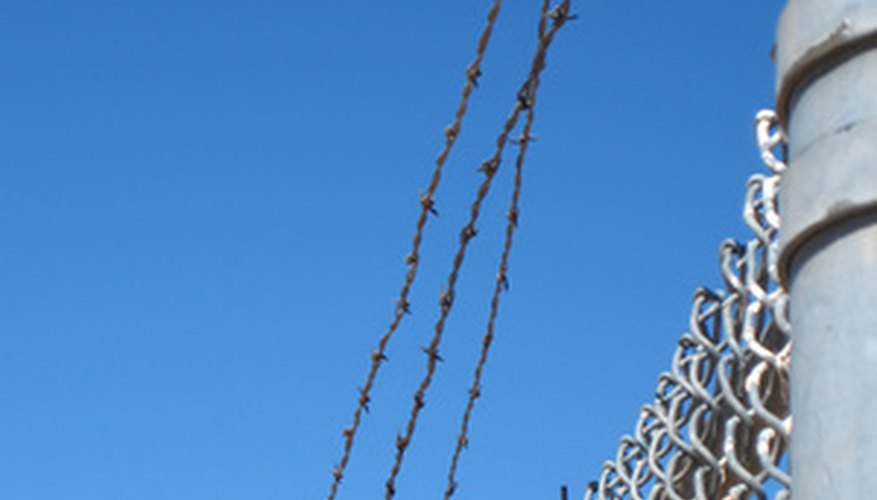According to the Bureau of Labor Statistics, corrections officers process more than 13 million people a year into jails and prisons around the country. To ensure the safety of all prisoners as well as their own, corrections officers conduct four different types of searches. Even the most basic search can turn into a dangerous situation if an officer does not perform it correctly.
Cell Check
Also referred to as a shakedown, a cell check is when a corrections officer enters the prison cell of an inmate and searches it for contraband, or items that the prisoner is not allowed to have. This can be done without the permission of the prisoner and is often done when there is suspicion that he is hiding contraband there. Sometimes entire blocks of a prison will be given a cell check that is unannounced, thus prohibiting the prisoners from disposing of anything beforehand; at this time, the men may be asked to take off their clothes as well, excluding their underwear.
- According to the Bureau of Labor Statistics, corrections officers process more than 13 million people a year into jails and prisons around the country.
- Also referred to as a shakedown, a cell check is when a corrections officer enters the prison cell of an inmate and searches it for contraband, or items that the prisoner is not allowed to have.
Body Cavity
Although this is not conducted regularly, a body cavity search is the most invasive type of procedure that can be performed on a prisoner by a corrections officer. This is when the officer visually searches the vagina or anal cavity of the prisoner to look for contraband items such as weapons, drugs or other prohibited items. This is normally done by a corrections officer of the same sex in a private, confined area, with another officer of the same sex present.
Any mail that enters or leaves a prison is subject to being searched as well as edited by corrections officers. This is to prevent any items that may have been mailed with the letter, such as weapons, drugs or other items that are considered contraband, to enter the prison block. If a letter contains content that is deemed dangerous to the recipient by the prison guards, they can prevent the prisoner from receiving the letter.
Visitor Search
Corrections officers stationed at the entry and exit points of the prison must do a body and personal items check of everyone that enters the facility. This is to prevent people from bringing contraband to prisoners who they are visiting as well as to protect visitors from having anything on them that can be used negatively if obtained by a prisoner. If a corrections officer suspects a prisoner of passing something illegally to his visitor, the officer can then search the visitor upon departure.
